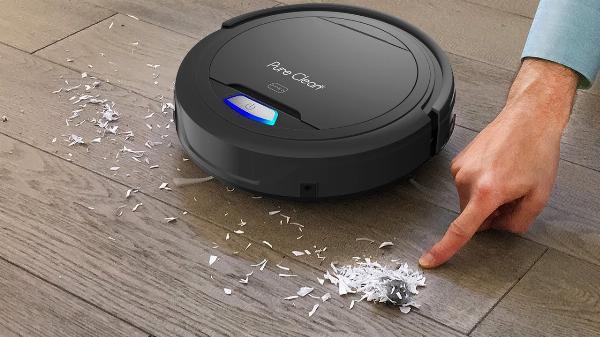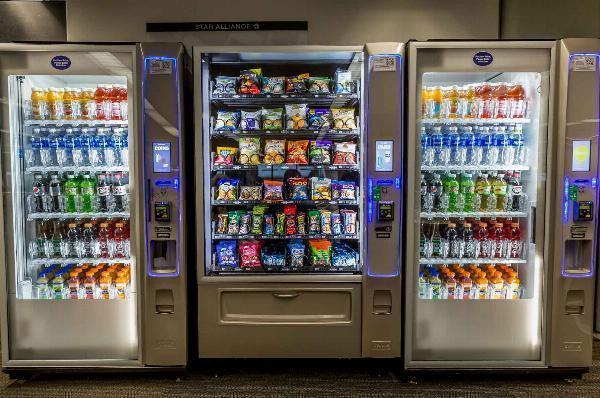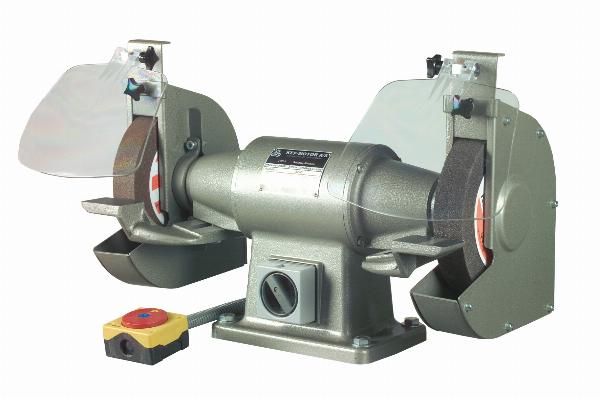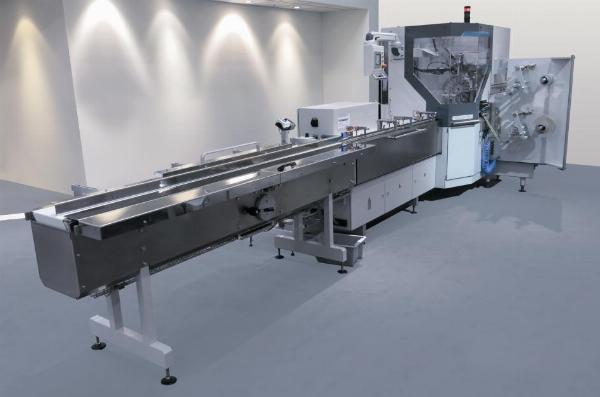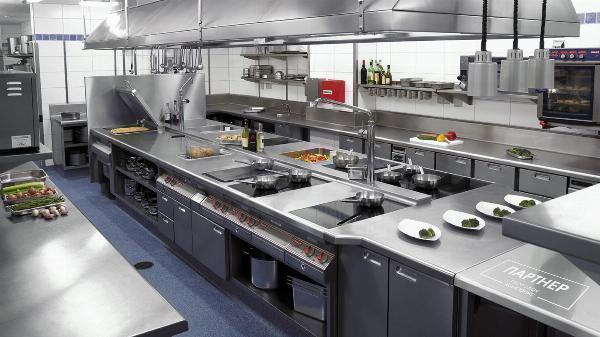Robotic Vacuum Cleaner Market Performance: Size, Share, Growth, and Trends
Fortune business insights recently published a detailed market research study focused on the “The Robotic Vacuum Cleaner Market Report by 2024” delivering key insights and providing a competitive advantage to clients through a detailed report. This report delves deeply into segmentation and definition, providing a clear understanding of market components and drivers.
"Robotic Vacuum Cleaner Market Size, Share & Industry Analysis, By Type (Floor Vacuum Cleaner, Window Vacuum Cleaner, Pool Vacuum Cleaner), By Application (Household and Commercial), By Operation Mode (Self-Drive & Remote Control), By Distribution Channel (Online & Offline), By Price (Below USD 150, USD 150 – 300, USD 300 – 500, Above USD 500) and Regional Forecast, 2021-2028"
Get a free sample report pdf| https://www.fortunebusinessinsights.com/enquiry/request-sample-pdf/100645
The global robotic vacuum cleaner market size was valued at USD 9.77 billion in 2020 and is projected to grow from USD 11.97 billion in 2021 to USD 50.65 billion in 2028, exhibiting a CAGR of 27.2% during the forecast period. Asia Pacific dominated the logistics robots market with a market share of 31.62% in 2020.
The competitive landscape of the market for robotic vacuum cleaner market is determined by assessing the major industry participants, production capacity, production capacity utilization rate, robotic vacuum cleaner market’s production chain, pricing by each manufacturer and the revenue generated by each manufacturer in the robotic vacuum cleaner market globally.
Top key players of robotic vacuum cleaner market:
Dyson Ltd. (Malmesbury, U.K.)ECOVACS (Suzhou, China)iRobot Corporation (Massachusetts, U.S)LG Electronics (Seoul, South Korea)Samsung Corporation (Seoul, South Korea)Proscenic (Zhengzhou, China)Matsutek Enterprises Co. Ltd. (Taipei, Taiwan)Neato Robotics (Newark, California)Koninklijke Philips N.V. (Amsterdam, Netherlands)Robert Bosch GmbH (Gerlingen, Germany)Panasonic Corporation (Osaka, Japan)Bissell Inc. (Grand Rapids, Michigan)Miele & Cie. KG (Gütersloh, Germany)Sharp Corporation (Osaka, Japan)
Market atributes:
Report ComponantAspectsForecast Period2020-2028Projected market valuve 2020USD 9.77 billionForecasted market valuve 2028USD 50.65 billionCompound Annual Growth Rate27.2Get a quote -https://www.fortunebusinessinsights.com/enquiry/get-a-quote/100645
Drivers and restraints:
Drivers: Growing Smart Home Integration: The rise in smart home technology and IoT devices increases the demand for robotic vacuum cleaners that integrate seamlessly with other smart home systems. Convenience and Time Savings: Robotic vacuum cleaners automate the cleaning process, saving time and effort, which appeals to busy consumers looking for convenience. Technological Advancements: Innovations such as advanced navigation systems, better sensors, and AI-enhanced features improve the efficiency and functionality of robotic vacuum cleaners. Urbanization and Compact Living Spaces: Increasing urbanization and smaller living spaces drive demand for compact, efficient cleaning solutions like robotic vacuum cleaners suitable for apartments and smaller homes. Increased Health Awareness: Rising awareness of cleanliness and allergens promotes the use of robotic vacuum cleaners that offer consistent and thorough cleaning, contributing to a healthier living environment. Restraints: High Initial Cost: The higher upfront cost of robotic vacuum cleaners compared to traditional models can be a barrier for some consumers, particularly in price-sensitive markets. Limited Battery Life and Capacity: Shorter battery life and limited dustbin capacity can restrict the cleaning duration and effectiveness of robotic vacuum cleaners, especially in larger spaces. Maintenance and Repair Needs: Regular maintenance and potential repair issues, such as problems with sensors or navigation, can affect the reliability and user satisfaction of robotic vacuum cleaners. Effectiveness Concerns: Some consumers may question the cleaning effectiveness of robotic vacuum cleaners compared to traditional vacuums, particularly for deep-cleaning tasks. Technological Obsolescence: Rapid advancements in technology can lead to the obsolescence of existing models, requiring frequent upgrades or replacements to stay current with the latest features.
Regional analysis:
North America (By Type, Application, Operation Mode, Distribution Channel, Price and Country)U.S. (By Type)Canada (By Type)Europe (By Type, Application, Operation Mode, Distribution Channel, Price and Country)U.K. (By Type)Germany (By Type)France (By Type)Rest of EuropeAsia Pacific (By Type, Application, Operation Mode, Distribution Channel, Price and Country)China (By Type)India (By Type)Japan (By Type)Southeast Asia (By Type)Rest of Asia PacificMiddle East & Africa (By Type, Application, Operation Mode, Distribution Channel, Price and Country)GCC (By Type)South Africa (By Type)Rest of the Middle East & AfricaLatin America (By Type, Application, Operation Mode, Distribution Channel, Price and Country)Brazil (By Type)Mexico (By Type)Rest of Latin America
Table of Content :
